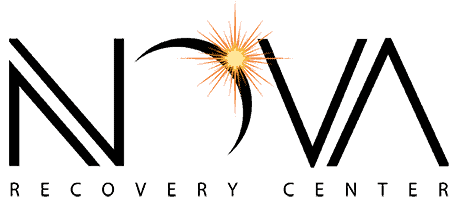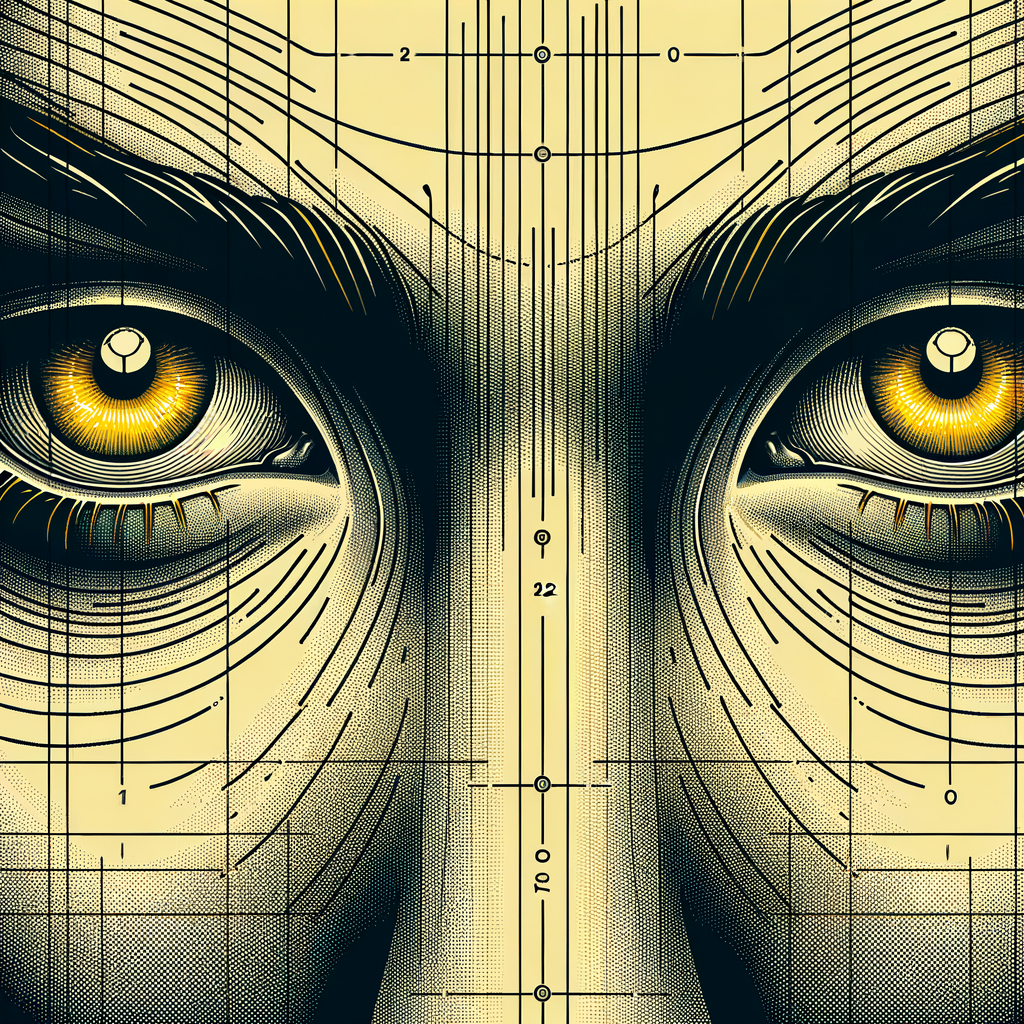Last Updated on August 27, 2025
High Eyes: What They Are, Why They Happen, and How to Get Help
Have you ever looked at someone and noticed their eyes looked bloodshot, glassy, droopy, or very red? These symptoms are often referred to as “high eyes,” a common visible side effect of drug or alcohol use. While some people shrug it off as something harmless, eyes can be a red flag pointing toward deeper issues like substance abuse or addiction.
If you or someone you know frequently has high eyes and other suspicious signs, it may be time to get help. In this blog, we’ll explain what high eyes are, what causes them, why you should take them seriously, and how Nova Recovery Center can provide lasting recovery solutions.
What Does “High Eyes” Mean?
“High eyes” is a term used to describe eye-related symptoms that appear when someone is under the influence of drugs or alcohol. It may involve:
- Bloodshot or red eyes
- Glassy or glossy eyes
- Droopy eyelids
- Dilated or constricted pupils
- Difficulty maintaining eye contact
While these signs might seem mild, they’re often a physical symptom of drug intoxication that shouldn’t be ignored.
Physical Signs of High Eyes
Eyes are just one part of the bigger picture. Drugs affect the body in many ways, and the eyes are one of the most noticeable areas impacted. Along with changes to the eyes, you may also see:
- Slurred speech
- Lack of coordination
- Slow reaction time
- Unusual pupils (very large or pinpoint size)
- Tired appearance or extreme alertness, depending on the drug
According to the National Institute on Drug Abuse, over 20 million Americans aged 12 and older battled a substance use disorder in 2022. Eyes are often one of the earliest signs.
Why Do Eyes Look High After Using Drugs?
Drugs affect the brain and body in several ways. Some substances expand blood vessels in the eyes (like marijuana), while others slow down the nervous system, giving eyes a droopy, glassy look (like opioids or alcohol). Here’s why this happens:
- Red Eyes – Seen often with marijuana use due to expanded blood vessels.
- Glassy or Glossy Eyes – Caused by dehydration and fatigue linked to use of substances.
- Dilated Pupils – Common with stimulants like cocaine or ecstasy.
- Constricted Pupils – Often linked with opioids like heroin or prescription pain pills.
Everyone reacts differently, but these symptoms are common across users of illicit and prescription drugs.
Common Substances That Cause
Whether from recreational or prescription drugs, several substances lead to eyes. These include:
- Marijuana: Causes red, bloodshot eyes due to increased pressure and dilation of eye blood vessels.
- Alcohol: Can lead to dry, irritated, glassy eyes and droopy lids.
- Cocaine and Meth: Stimulate the nervous system, leading to wide open, dilated pupils and intense glassy stares.
- Heroin and Opioids: Typically constrict pupils and cause tired, heavy-looking eyes.
Analogy: Think of your eyes like a car dashboard—when there’s something wrong with the engine, a warning light turns on. In the same way, eyes can be your body’s warning light that something’s not right.
Risks and Dangers of Ignoring
High eyes themselves may not seem dangerous, but they can be a symptom of much larger problems. Ignoring them could lead to severe consequences, such as:
- Potential overdose
- Impaired vision or eye damage
- Addiction or dependence
- Behavioral changes or legal issues
- Underlying emotional health issues
According to the Centers for Disease Control and Prevention (CDC), nearly 70,000 people in the U.S. died from drug overdoses in 2022. Recognizing early signs, like red or glassy eyes, could help prevent tragedy.
How to Help Someone
If you notice someone with persistent high eyes, it’s crucial to approach the situation with empathy and concern rather than judgment. Here’s what you can do:
- Start a non-confrontational conversation about your concerns.
- Observe their behavior over time to identify any patterns or developments.
- Encourage them to speak with a doctor or addiction specialist.
- Offer to support them through recovery, whether emotionally, logistically, or financially.
Taking action early can increase the chance of successful treatment and reduce long-term harm.
Effective Drug Addiction Treatment That Works
The presence of high eyes could indicate the need for professional help. Treatment options vary but often include:
- Detox programs to clear the body of substances safely
- Inpatient and outpatient rehab programs for structured recovery support
- Cognitive-behavioral therapy (CBT) to address underlying behaviors and triggers
- Support groups to maintain accountability and build community
At Nova Recovery Center, our evidence-based addiction recovery programs are customized to meet each client’s individual needs. Our skilled team provides a comprehensive approach that promotes healing, clarity, and long-term sobriety.
FAQ: Eyes and Drug Use
Can high eyes happen from medication?
Yes, some prescription medications, especially opioids, benzodiazepines, or stimulants, can cause symptoms like red or glassy eyes.
Are high eyes always drug-related?
Not necessarily. Allergies, fatigue, and dry environments can also cause red or irritated eyes. However, persistent high eyes combined with behavioral changes should be evaluated further.
How can I tell if someone’s pupils are abnormally dilated or constricted?
Compare their pupils to yours or other people in similar lighting. Extremely large (dilated) or tiny (constricted) pupils may warrant concern, especially when paired with other symptoms.
Get Help at Nova Recovery Center Today
If you or someone you love is showing signs of substance use like red or glazed eyes, don’t wait for things to get worse. The earlier you seek help, the greater the chance of full recovery. At Nova Recovery Center, we offer individualized, medically supervised addiction treatment programs tailored for lasting sobriety.
Take the first step toward a drug-free life. Contact Nova Recovery Center today or call us at (888) 427-4932 to speak with one of our compassionate admissions coordinators. Help is just one click or call away—your path to recovery starts now.


